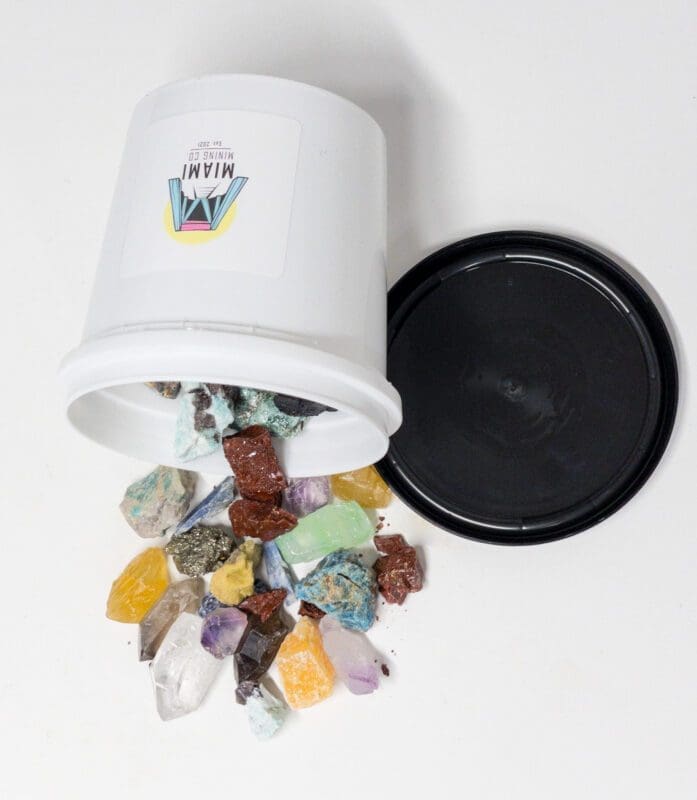Uncovering the Magic in a Bucket of Crystals
Crystals have long been admired for their natural beauty and unique properties, and a bucket of crystals is a treasure trove for those interested in geology and mineralogy. Crystals are made up of atoms arranged in a repeating pattern, giving them their symmetrical shapes and unique optical properties. They can be found in various forms, from sparkling gems to rough mineral specimens, and can be found in many different environments, including inside rocks, in veins, and as part of mineral deposits.
When it comes to understanding crystals, it’s essential to familiarize yourself with the different types of crystal systems. The crystal systems are based on the number and type of axes that run through a crystal, and there are seven basic crystal systems, including cubic, tetragonal, orthorhombic, monoclinic, triclinic, and hexagonal. Each crystal system has its distinct set of symmetry elements and crystal faces.
One of the most fascinating aspects of a bucket of crystals is that each one is unique and holds its story. For instance, crystals found in metamorphic rocks, such as schist and gneiss, have gone through intense heat and pressure, and their crystals reflect that history. On the other hand, crystals found in igneous rocks, such as granite, formed from cooled magma or lava and have a different history. By examining the crystals in a bucket, one can start to decipher the geological history of the area they came from.
A bucket of crystals is an excellent way to introduce children to the world of geology and mineralogy. Crystals come in a vast array of colors, shapes, and sizes, making them a visually stimulating way to learn about different types of minerals and how they form. By using a magnifying glass and a guidebook, children can learn to identify different minerals based on their characteristics and physical properties. The hands-on nature of working with a bucket of crystals can spark an interest in the natural world and encourage children to explore and learn more about geology and mineralogy.
Crystals are also utilized in many everyday applications, such as in electronics, construction materials, and even medical treatments. By understanding the properties and characteristics of crystals, we can start to comprehend how they can be used in these and other applications. For example, quartz is used in many electronic devices because of its ability to vibrate at a specific frequency, and it is used in construction materials due to its hardness and durability.
In summary, a bucket of crystals is a captivating journey into the world of geology and mineralogy. Each crystal holds its unique story, and by exploring them, we can learn about the geological history of the area they came from and their practical everyday uses. They are also a fantastic way to introduce children to the natural world and encourage an interest in geology and mineralogy. So, if you have a bucket of crystals, take the time to explore, discover and unveil the hidden gems within them.

